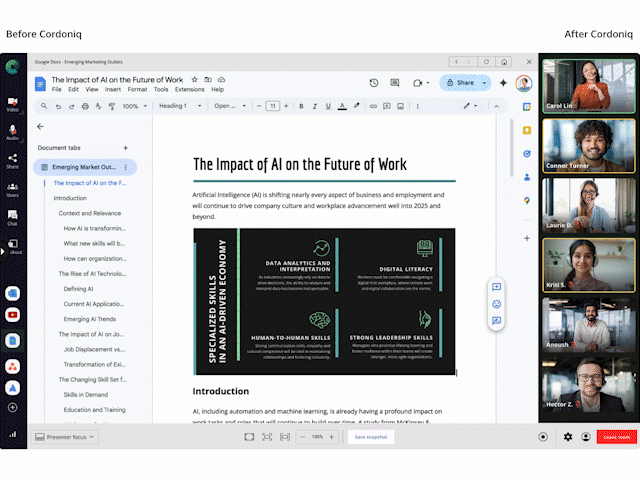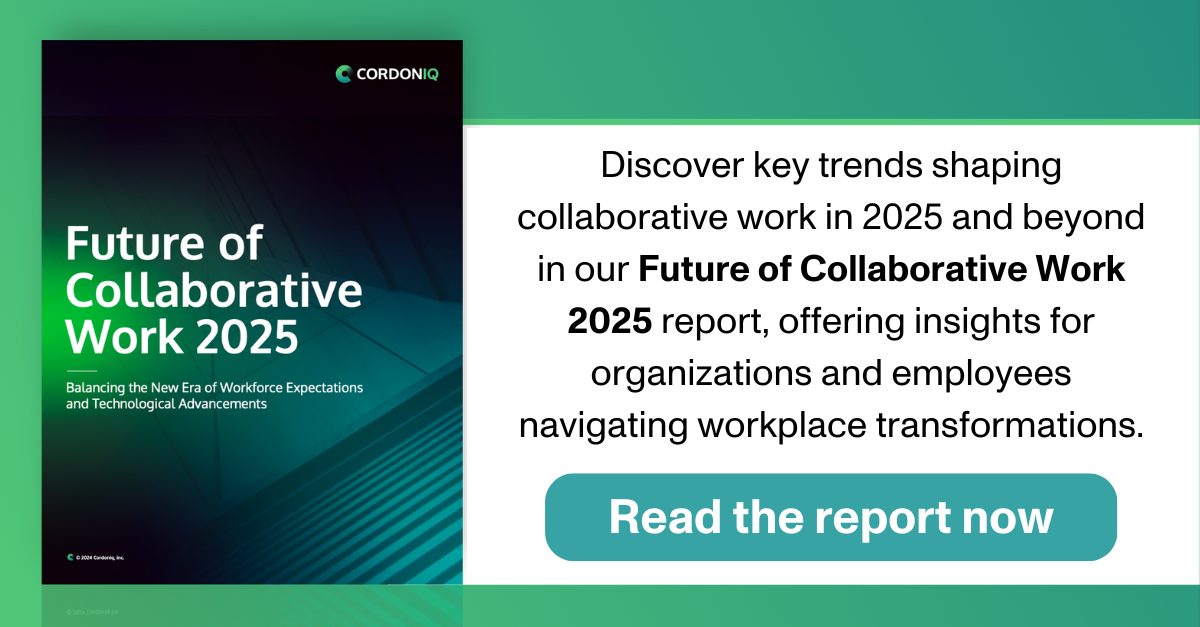For a variety of reasons, people are now working longer and retiring later. As a result, five generations of workers are currently active in the workplace. These demographic breakdowns include:
- Traditionalists (born before 1945) – mostly retired, but a small percentage of older workers are still active and value face-to-face communication
- Baby Boomers (born 1946-1964) – while many are already retired or heading there, some are still active in full-time careers and seeking career advancement
- Generation X (born 1965-1980) – independent and adaptable workers who want work-life balance as a priority
- Generation Y, aka Millennials (born 1981-1996) – currently the largest demographic in the workforce – tech-savvy, purpose-driven, flexible
- Generation Z – (born 1997-2012) – the first digital natives are innovative, and value work-life balance, diversity and social impact
While these groups of employees may be in different places in both their lives and careers, are their expectations, concerns and priorities really all that different? Some generations certainly have expectations that set them apart. Gen Z employees, for example, have very specific wants when it comes to choosing a job, company or industry sector.
Infographic:
Some HR and leadership experts suggest considering each generation as a separate and distinct culture. Yet as a report in Harvard Business Review noted, “… differences do not have to be divisive. Instead of looking at generational differences as problems to be solved, leaders would be well advised to look at them as sources of richness and vibrancy to be understood, appreciated, and even leveraged.”
To retain an engaged workforce, companies need to keep in mind both the key similarities and differences among these generations. They also must understand how these preferences impact employee awareness and collaboration.
Importance of hybrid work for all employees
As it turns out, employees of all ages place high value on workplace flexibility.
Specifically, the ability to work on a hybrid/remote schedule is important to all generations and is critical for attracting and retaining talent. Unsurprisingly, Gen Z workers, who’ve been raised on all things digital, highly value flexible work arrangements and the ability to integrate work with their lifestyle. They are comfortable with remote and hybrid work models.
But a recent study from EY revealed that hybrid work is a top priority for not only the younger generation but for every generational demographic. “While competitive pay and benefits are unsurprisingly the top two factors in respondents’ decisions to apply for a new position, hybrid work/work-from-home options are the third most important…” the study said.

For one-third of baby boomers, the study notes that “flexibility in where and when they work is a top factor in looking for a new position.” And 35% of millennials and 29% of Gen X respondents who intend to leave their job in the next year said hybrid/work-from-home options would entice them to stay.
Offering hybrid work schedules is critical for a multi-generational workforce in any remote-capable organization. Effective hybrid work models depend on clearly developed policies and guidelines that promote work/life balance and set clear expectations for all employees. Hybrid work models that offer some autonomy for scheduling are preferable as they provide an opportunity to increase work/life balance and keep morale high among workers.
Communications and collaboration strategies to bridge the gap between generations
Each demographic shows distinct preferences for communicating and collaborating with each other. But when different generations are working together, they can also learn from each other. Companies must give employees opportunities to state and share their communication preferences with colleagues. Employers must also understand some generations may need to be educated on these different options so that they can be fully engaged and satisfied in the workplace.
Implementing certain software tools and platforms can make it easier for teams of all demographics to work and learn together. Slack, Asana, Jira, Accenture and Loom are examples of technology tools that provide software platform workflows that integrate with real-time video conferencing and collaboration, when needed, to support a cohesive yet dispersed working environment.

HR communications experts note that an effective strategy involves training that encourages and supports cross-generational collaboration and communication.
Technology and upskilling beneficial for all generations
Learning new technologies is vital to all generations of workers, especially with today’s rapid changes. Different generations embrace technology at different speeds but not always the way that’s expected, according to research.
Recent findings stated that “while Millennials are typically touted as being highly comfortable with technology, Google found that older generations spend much more time online and across devices than they’re given credit for.” For instance, older generations have embraced smartphones and use them for many work activities.
But employers must have plans in place to ensure that technology doesn’t hamper the experiences of some employees who might need additional support to learn new tech platforms, especially those related to collaborative work. Organizations must provide opportunities for the generations to work together in a learning environment. It’s also important to involve employees and address their concerns when bringing in new technology.
Meanwhile, AI can benefit all generations by allowing everyone to learn new skills. In the current and quickly evolving era of AI tech, upskilling and reskilling will be paramount to job security for those already in the workforce.
The continuous learning mindset is also a key to success for all generations. Adaptability, lifelong learning and skills development are important ways for employees to keep up with the rapid pace of technological advancement. In today’s workplace, professionals who maintain a lifelong learning outlook and keep updating their skills are less likely to become obsolete. Incoming workers will need to adapt quickly and continue their education and training to keep up with the shifting job market demands that will be driven by AI automation.
Leaders play a crucial role in creating environments that encourage innovation, taking risks and learning from failures to remain competitive in the market. Because technological change will continue to outpace the availability of skilled labor, a skills gap will persist in certain fields. To stay competitive and retain their workforce, organizations must work to provide training programs to enhance digital skills at every level and for members of every generation, including opportunities for cross-skilling.
All generations are affected by the rapid technological changes in the workplace, particularly changes driven by AI. But companies need to understand that all generations are looking for diversity, inclusion and the desire for a meaningful work-life balance. By supporting areas like collaboration, reskilling and continuous learning, organizations can help elevate the workforce and provide workplace experiences that are fulfilling for all generations.
